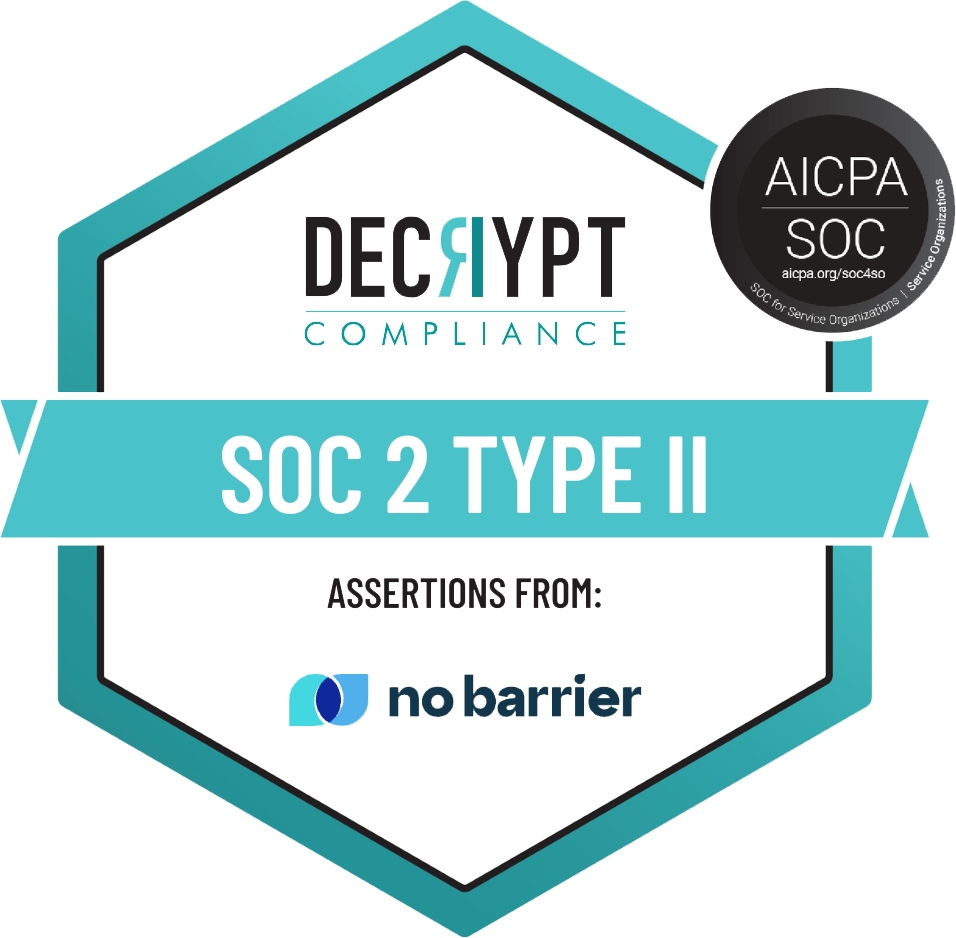Coming from our main article on language vs. dialect? You asked for real cases. Below are three short, true‑to‑life stories. One in Chinese, English, and Spanish. These quick stories are showing how a single “language” can hide costly dialect traps.
“Chinese” Isn’t One Voice
Flash scene:
A Cantonese‑speaking grandma arrives in the ED. Intake selects “Chinese.” A Mandarin‑only phone interpreter joins. No one can agree on pill times. Blood pressure climbs.
| Region |
Main Dialect |
Mandarin Friendly? |
| Beijing |
Mandarin |
✔ |
| Hong Kong |
Cantonese |
✘ |
| Shanghai |
Shanghainese (Wu) |
✘ |
Source: Ethnologue 25th ed. ¹
Fast fix:
Ask, “Mandarin or Cantonese or another Chinese dialect?” and flag it in the chart or use an AI interpreter like No Barrier AI that instantly detects which dialect your patient is comfortable with.
English Can Still Trip You Up
Flash scene:
A British tourist tells a Florida nurse, “I’ve had pain in the stomach for a fortnight.” Staff hear “four nights.” Urgency is downgraded.
| Word |
U.K. Meaning |
U.S. Risk |
| Surgery |
Doctor’s office hours |
Operating room |
| Chemist |
Pharmacy |
Lab tech |
| Fortnight |
14 days |
Four nights?
|
Source: Oxford English Dictionary. ²
One Word, $71 Million
Flash scene:
Family tells staff the patient is “intoxicado.” Clinicians hear “intoxicated.” Brain bleed missed; patient left quadriplegic; $71 million payout. ³
Fast fix:
Always ask, “Spanish from which country?” If unsure, bring in a certified interpreter or dialect‑smart AI.
Key Takeaways for CMOs about dialects
- Dialect ≠ accent. It changes words, tones and patient trust.
- Tiny words cost big money. A single mix‑up can trigger lawsuits or readmissions.
- One intake question saves hours. Nail the dialect upfront.
Want to see an AI catch Cantonese, British English and Puerto Rican Spanish on the fly? Book a live demo of No Barrier AI or jump back to our main post for details.
References
- SIL International. Ethnologue: Languages of the World, 25th ed. 2024.
- Oxford English Dictionary, Online Edition. 2025.
- Journal of Ethics. Legal Risks of Ineffective Communication. ****Abigail Van Kempen. 2007.











%201.png)